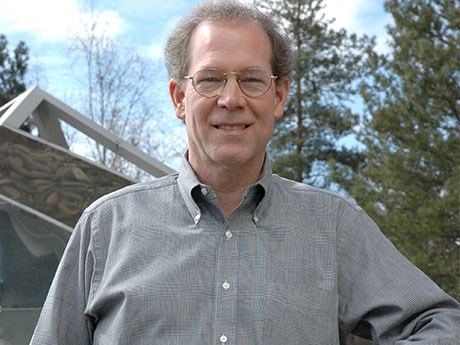Scale of $12-million Footprints project unprecedented
The Canadian Mining Innovation Council’s Exploration Innovation Consortium (CMIC) has been given the go-ahead for a five-year, $12-million study to help mining and exploration companies zero in on ore deposits.
Years in the making, the project brings together 45 industry collaborators from 28 mining, exploration and mineral exploration service companies and 42 researchers from 24 universities, including Laurentian University in Sudbury and Lakehead University in Thunder Bay.
The objective of the project is to develop more effective tools for detecting large-scale ore-forming systems and to vector from their most distal margins to their high-grade cores.
Researchers will study the linkages between different kinds of geological, mineralogical, geochemical and geophysical data to discover new combinations of measurable parameters that define the footprints of the ore systems.
The three major ore systems to be studied are the Canadian Malartic disseminated gold system in Quebec, the McArthur River-Millenium uranium system in Saskatchewan and the Highland Valley copper-molybdenum-gold system in British Colombia.
“In most cases, professors individually or in small groups have an idea for something that might be relevant to industry, write a research proposal and submit it to an organization like CAMIRO,” said the study’s principal investigator and project director, Mike Lesher, professor and research chair in mineral exploration at Laurentian University. “In this case, the idea for the project came from the mining companies through the Canadian Mining Innovation Council. They formulated the research problem, presented the problem to researchers at a workshop during the PDAC several years ago and asked us to start organizing ourselves to put together a proposal.”
A series of meetings followed to fine-tune the problem, determine the approaches to be used and identify the best researchers, finally culminating in a proposal to Canada’s National Science and Engineering Research Council (NSERC) last fall.
Mining companies participating in the project are contributing approximately $7 million in cash and in-kind contributions. An additional $5 million was approved by NSERC in May.
Three sites
The three sites were selected using a variety of criteria, according to Lesher.
They had to be data rich, accessible to a large number of researchers and have a sponsor that was prepared to provide access to most or all of their data, “so something up on Ellesmere Island, for example, wouldn’t have worked very well.”
Iron ore, VMS deposits and nickel sulphide deposits were also candidates, “but in the end, we were only able to pick three,” said Lesher.
A second phase of the project will either include these other deposits or will “hone down more” on research needs identified in phase one.
The idea of data integration is not new, acknowledged Lesher, but a lack of consistency in the resolution of different data sets has always been a problem.
“Normally, what’s done, for example, is you take all the geological data and simplify it so it’s on a scale equivalent to the very coarse geophysical data, but you lose information when you do that, so one of the major goals of this project is to find a way around that and be able to integrate the data in such a way that you get the maximum resolution out of each layer.”
Scope unprecedented
The scope of the project and the number of researchers participating in it are unprecedented, noted Lesher.
“The people who work on deep sea drilling or send off missions to Mars are used to working in very large groups because the work is expensive and they want to pull together the biggest possible collection of brainpower, but something of this scale has never been done in ore deposit research.”
Getting comments back from 40 people on a draft proposal, for example, was logistically challenging, “but everyone pulled together and contributed,” said Lesher.
In addition to Lesher’s role as principal investigator, Laurentian is hosting the project’s secretariat. As such, it is the recipient of the NSERC funding, disperses it to the participating researchers and oversees the administration of the project through its Mineral Exploration Research Centre.
Richard Smith, Laurentian’s industrial research chair in exploration geophysics, also plays a prominent role in the Footprints project as head of the geophysics research, while Lakehead University’s Peter Hollings serves as a lead researcher for the Highland Valley site.
The ultimate goal of the project is to develop new technologies for the detection of ever-more subtle targets “because the reality is that even some of the largest ore deposits have very small footprints and they’re very difficult to see,” said Lesher.
The Canadian Mining Innovation Council was endorsed by federal, provincial and territorial mines and energy minsters at their annual conference in September 2007. Its goal is to jumpstart research, innovation and commercialization in mineral exploration, mining, processing, environmental stewardship and energy use. A related goal is the development of highly qualified people for the mining industry.
Several other CMIC research projects are in the pipeline, “but we’re the first big project out of the gate,” said Lesher.



.jpg;w=120;h=80;mode=crop)